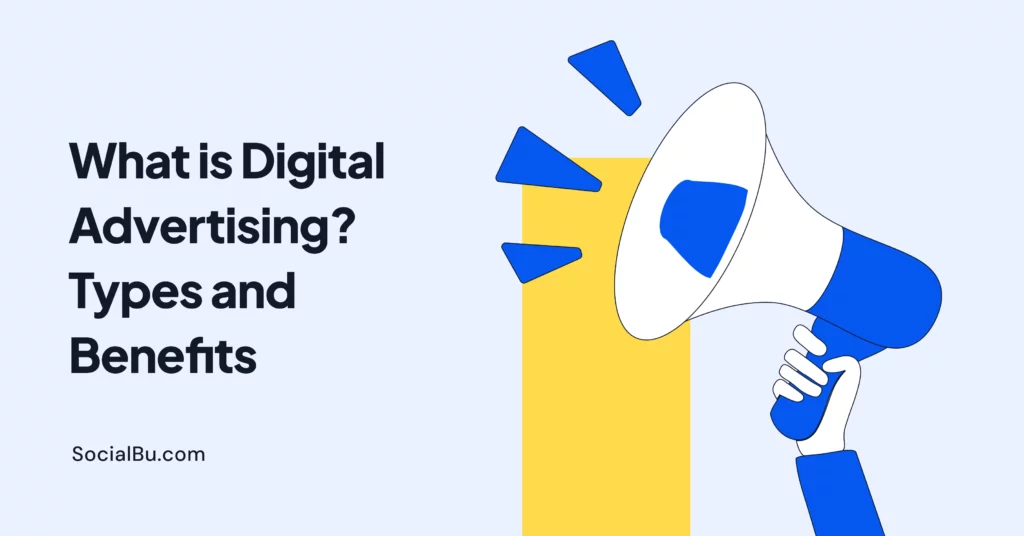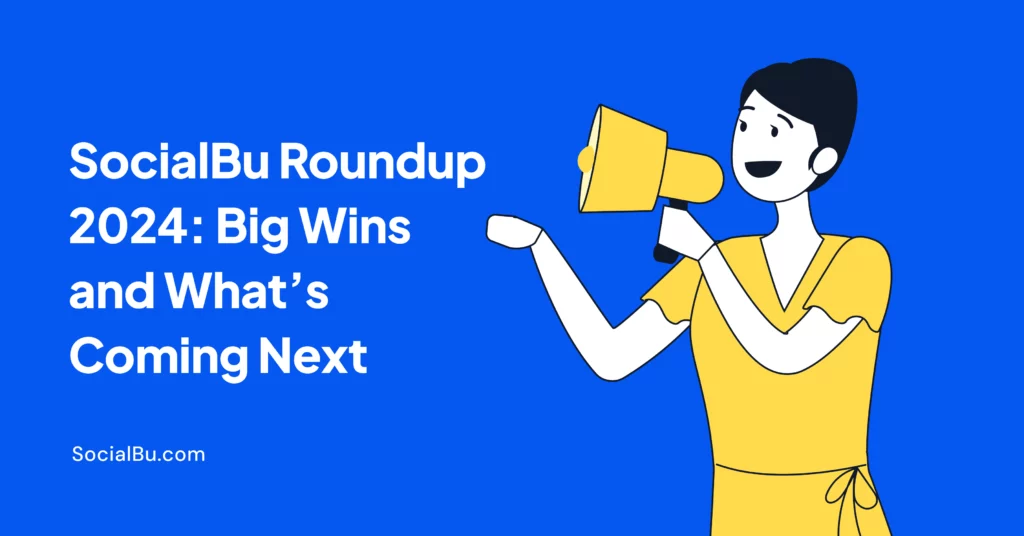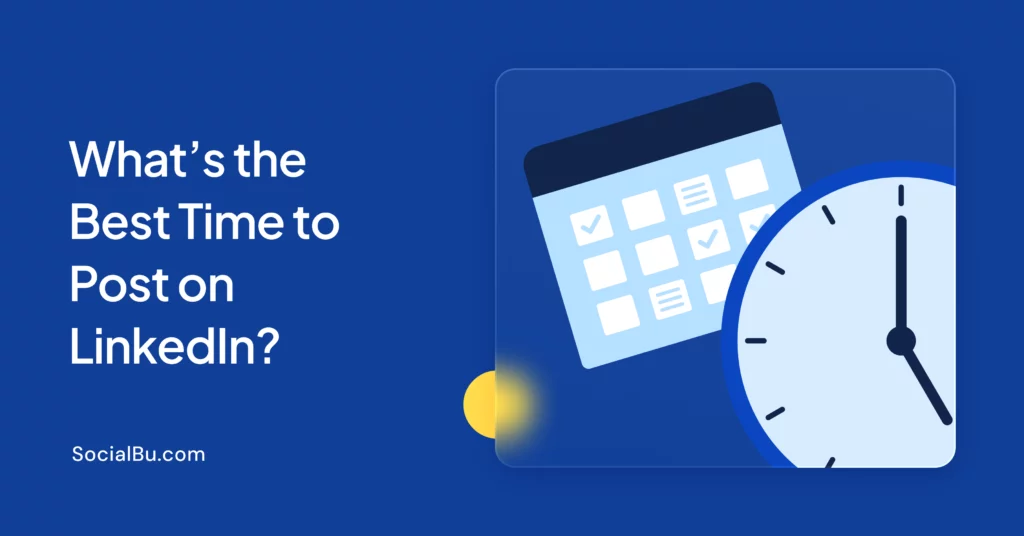Digital advertising is taking over, and it’s only getting bigger. Since its jaw-dropping hype last year, the global advertising market is expected to grow by 15.5% annually until 2030. So, what’s all the buzz about?
In 2025, digital ads will be a game-changer for businesses. But what exactly is digital advertising, and why should you care?
Stick around as we break down the different types of digital ads and how they’re helping brands crush them in today’s fast-paced world.
What is Digital Advertising?
Digital advertising means promoting products and services using various online platforms. It includes everything from social media campaigns and search engine ads to website display ads, video ads, and email marketing.
According to Statista, Global ad spending in the online advertising market has reached US$740.3 billion in 2024 and is expected to rise in 2025.
This technique is significantly more accurate and economical than traditional advertising since it enables companies to target particular audiences based on information such as;
- Demographics
- Hobbies
- Online behavior
To put it briefly, it’s a strategy for reaching new clients online, where they spend most of their time utilizing tools that improve tracking, engagement, and conversion.
Brands can use different advertising strategies to enhance their online presence. Now that we know digital advertising, let’s discuss its types and benefits in 2025.
Digital Advertising Vs. Traditional Advertising
Digital advertising differs from traditional advertising in terms of flexibility, measurability, and reach. But, some more aspects differentiate these two advertisement types. Here are these:
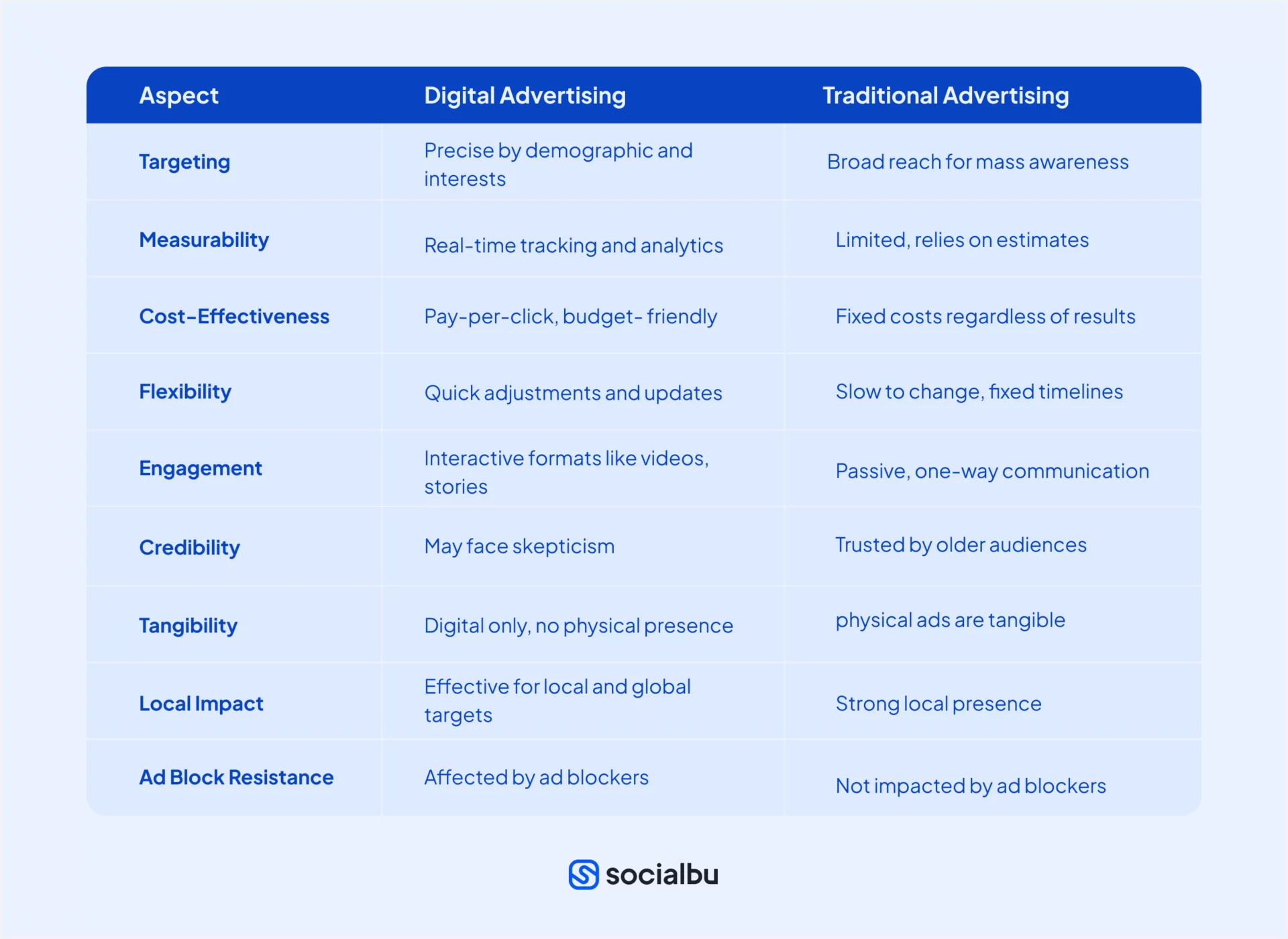
Types of Digital Advertising in 2025
Here are some primary types of digital ads we see today.
1. Search Engine Ads
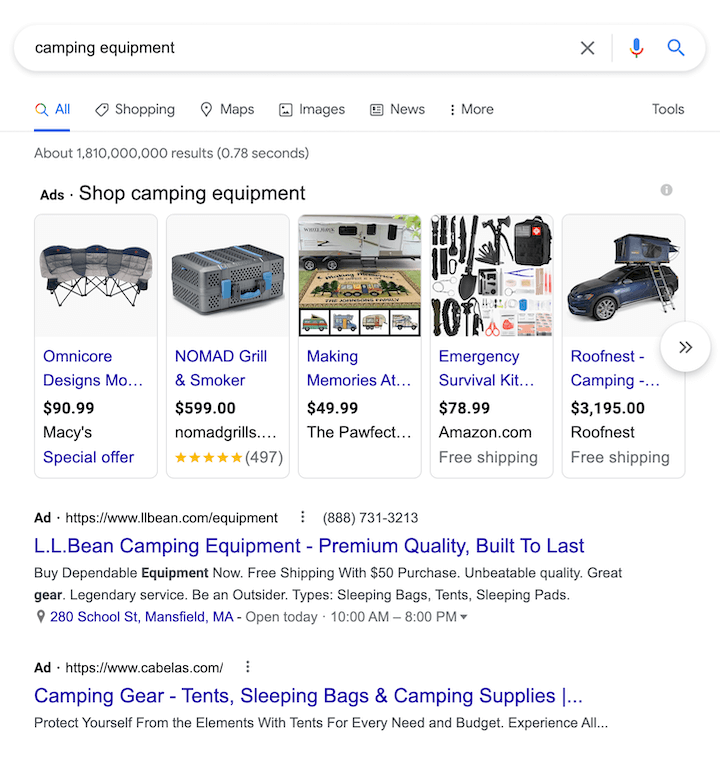
Brands are hungry to get more eyeballs, and ranking on search engine results pages is the most obvious way.
The top source for achieving this goal is Google Ads. Advertisers pay for their ads to pop up whenever users search specific keywords. Search engine ads include:
- Paid search ads
- Pay-per-click (PPC) advertising
This ad is incredibly potent because it attracts the target audience when searching for something.
2. Social Media Ads
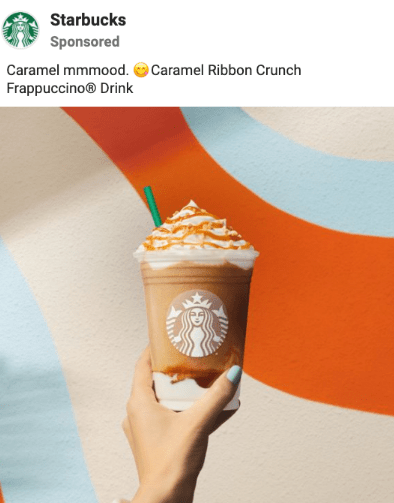
According to other research, Statista estimates there will be 5.22 billion active social media users in 2024. Imagine the potential customers hanging out on these platforms, which is why they are the hot places to advertise.
Social media segments users based on interests, behaviors, and demographics, allowing you to target a particular group. Ads can align with the user’s feed and are minimally intrusive compared to traditional forms.
3. OTT Ads
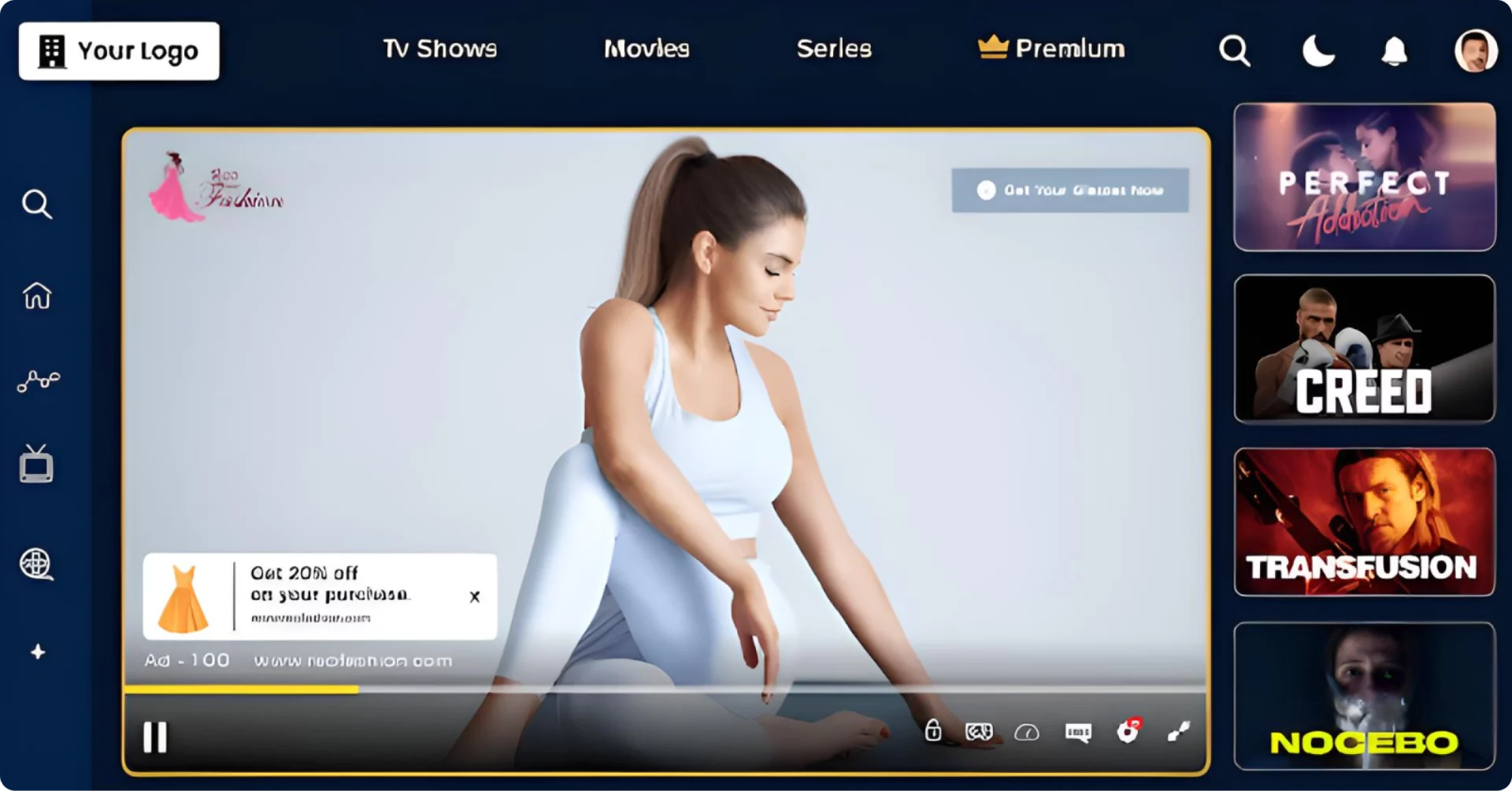
OTT advertising refers to a class of streaming services that include:
- Netflix
- Hulu
- Disney+
- YouTube TV
- Amazon Prime
- Apple TV
- HBO Now
- Peacock
This type of advertising is exponentially growing in digital marketing. OTT shows ads directly to the viewer through a connected internet device instead of Cable or Satellite TV. Pretty cool, isn’t it?
These ads usually run between episodes or before the content starts. OTT advertising allows brands to target viewers based on preference, viewing habits, and location.
4. Native Ads
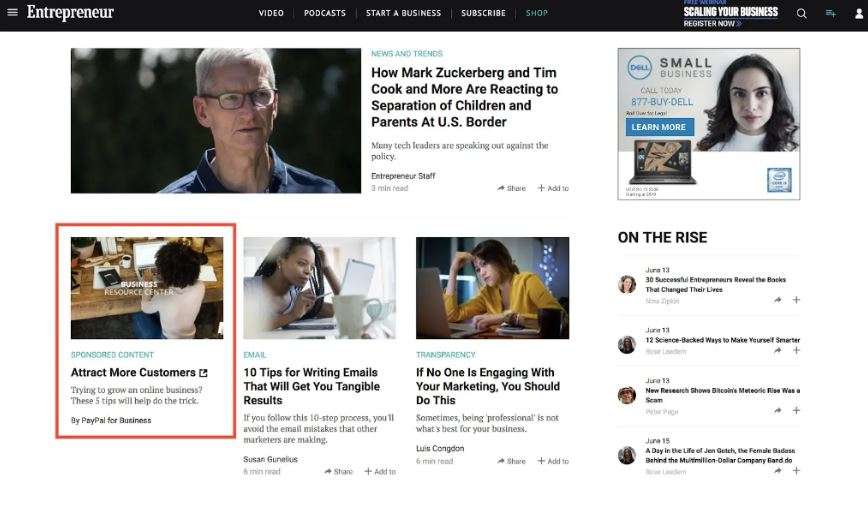
Native ads are a subtle form of advertisement. They fit around whatever content is being displaced. You’ve probably seen “recommended articles” on news websites or sponsored content on your favorite blog. That’s native ads.
Native ads pop up much less and have deeper engagement because they’re like organic content.
5. Influencer Marketing

Influencer marketing is a powerful brand-boosting technique that’ll continue to rise in the coming years. Research shows that 52% of Gen Z follow influencers and purchase according to their recommendation.
And the number is expected to rise. Brands collaborate with individuals with a large following if the influencers’ values align with the brand’s.
Influencer advertisement is considered highly authentic and trusted as it’s more like entertainment.
6. Programmatic Advertising

Programmatic advertising means automating ad buying and placement in real-time via algorithms. Advertisers can bid for ad spaces in fractions of milliseconds, and hence, their ad reaches the right audience at precisely the right time. You can do programmatic advertising in two ways:
- Real-time bidding (RTB)
- Programmatic direct
It optimizes the ad spend and improves overall campaign efficiency.
7. Email Marketing
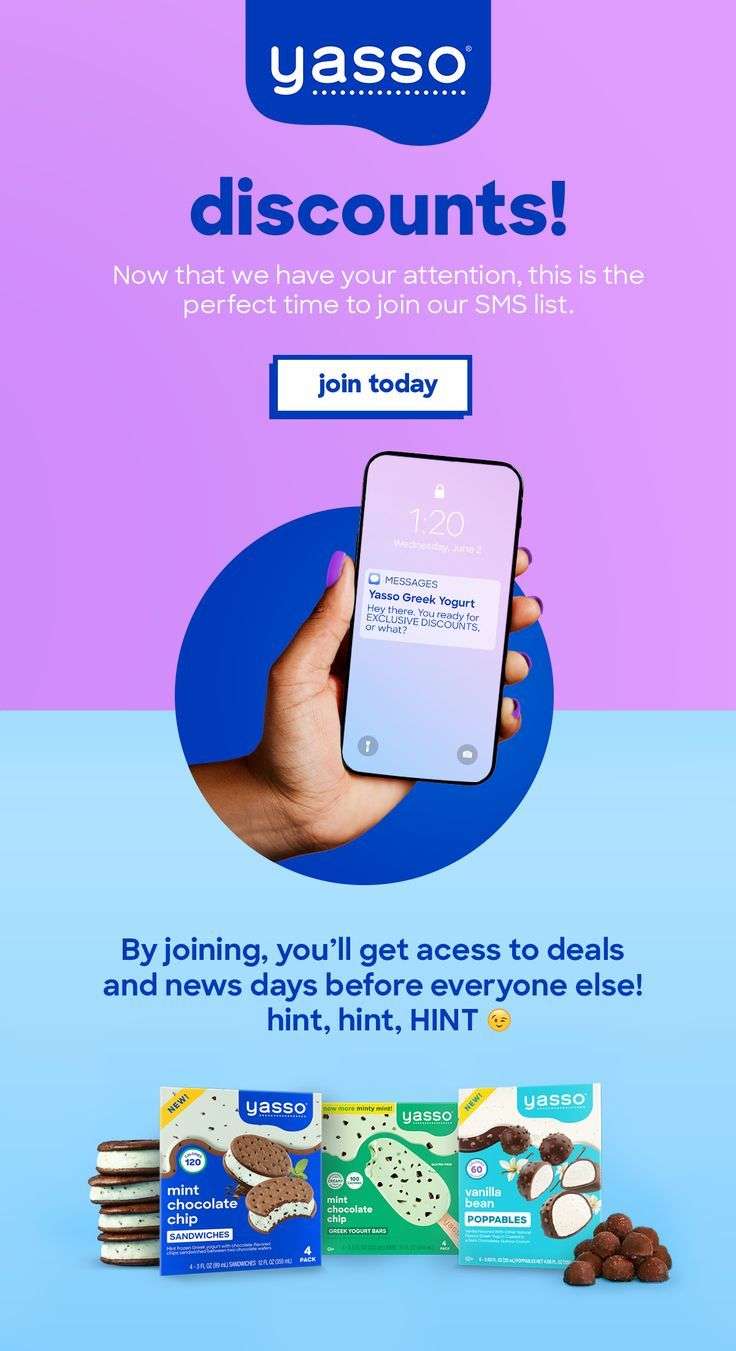
Some marketers consider email marketing fairly outdated. Well, it’s not. If done properly, email marketing can do wonders. You can do it as:
- Personalized email campaigns
- Automated email marketing
A good email campaign will increase conversions, customer retention, and loyalty. It is effective for businesses with an established audience base and allows direct consumer communication.
Benefits of Digital Advertising in 2025
Further, we have highlighted the key benefits of digital advertising in 2025.
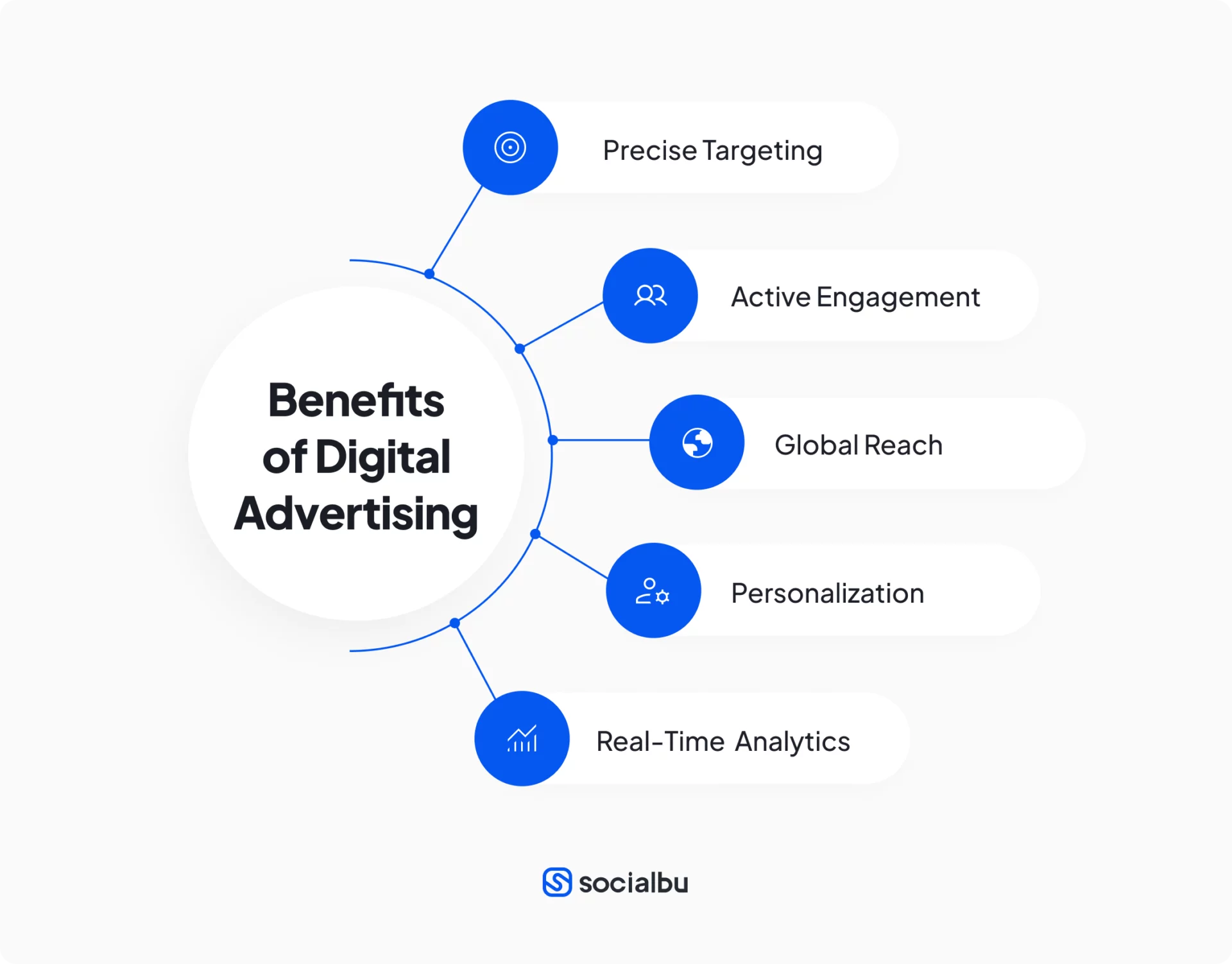
Precise Targeting
Have you ever wondered why the thing that you searched for on one social media suddenly appeared everywhere online?
Digital advertising tracks data in real time to target the audience. Digital advertising specifically targets demographics, locations, behaviors, and interests. Meanwhile, traditional advertising, such as TV or print, doesn’t offer this level of precision.
This enables digital ads to reach exactly who you want, whether it be an age group, individuals living in a particular city, or even users with very specific shopping habits.
Real-Time Data and Analytics
An offline ad campaign’s effectiveness took several weeks or months to measure. Digital ads provide real-time feedback about their performance. You can track metrics such as;
- Clicks
- Conversions
- Impressions
- Engagement
This information will enable you to make specific changes on the spot for better campaign optimization and to save time and money.
Active Engagement
Another benefit of digital advertising is that you can actively engage with users. Users can interact by clicking the link, watching the video, or liking a post on social media. All you need to do is schedule your social media posts strategically.
Digital ads call users to take action. The better the engagement an ad gets, the better it performs. This way, brands can be closer to their audience.
Global Reach
Digital ads allow you to reach a target audience all across the globe. Traditional marketing is restricted to a particular geography and is expensive. Digital marketing is not subject to geographical barriers.
For example, a small US-based business can easily reach its target audience in Europe, Asia, or anywhere else. Digital advertising makes it extremely convenient for companies to enter new markets and build a global presence.
This accessibility opens growth opportunities for businesses.
Personalization
Personalization is one of the most considerable benefits of digital advertising. Brands can create ads for particular users based on browsing history, earlier purchases, or social media activity. Personalization enhances the possibility that users will click on the ad and finally purchase.
Personalization can increase the chance of getting more visibility and, ultimately, more revenue.
Digital Advertising Metrics
Before opting for digital ads, you must know the key metrics. Here are a few of them:
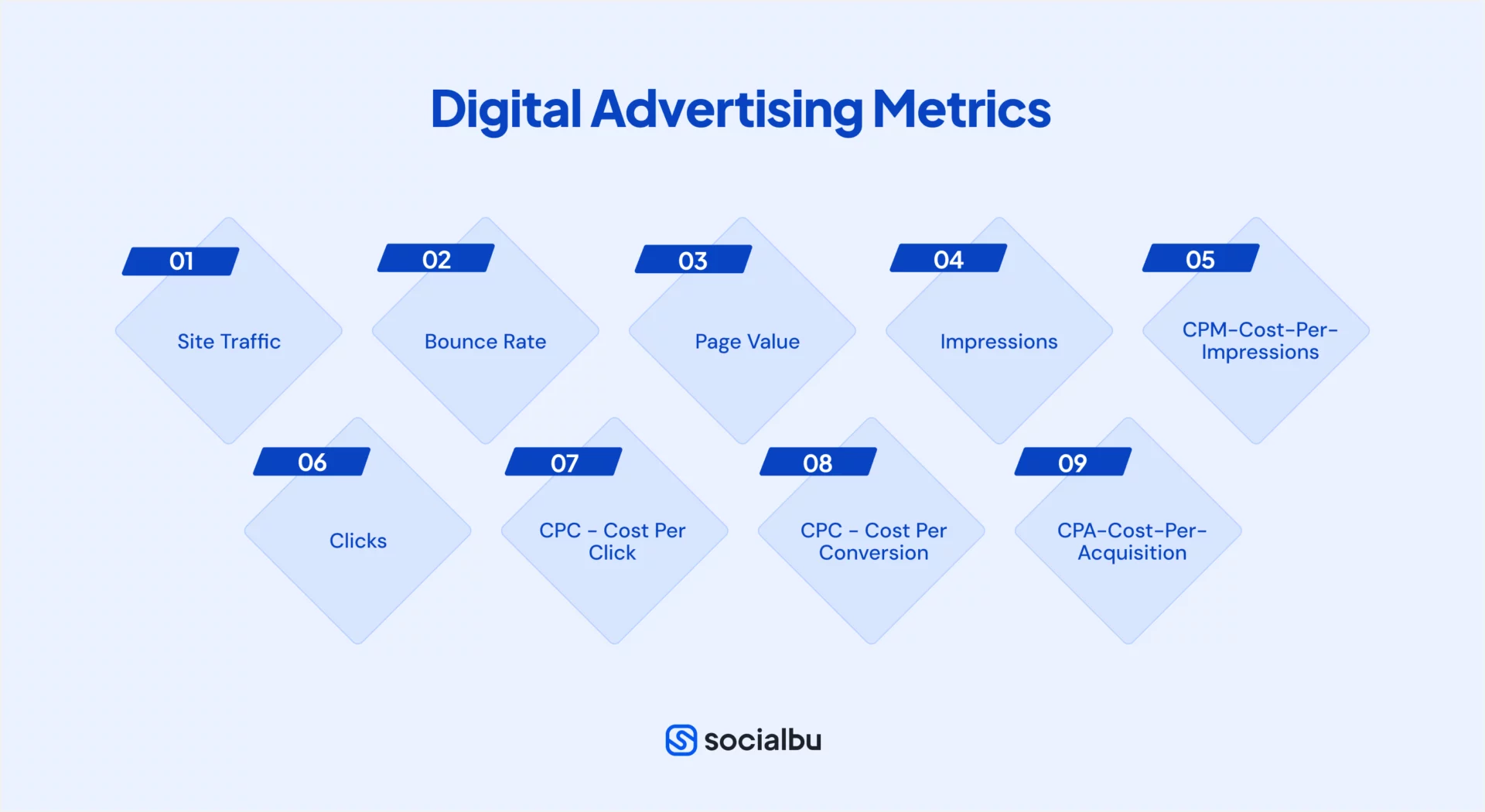
And there are many more digital advertising metrics that you should know.
Best Practices to Follow
The marketing world is evolving at the speed of light. So, to keep up with the latest trends is a MUST. Here are some best practices to follow to stay ahead:
- Personalize your campaigns by taking insights from real time data.
- Make authentic and relatable content to resonate with your audience
- Be where your audience hangs out.
- Use data analytics to guide your strategies. Test, tweak, and optimize your content.
Future of Digital Advertising
The future of online advertising is exciting and full of potential. With rapidly evolving AI technologies, businesses are shifting to more thoughtful strategies, such as:
- AI and machine learning
- Big data
- AR and VR
A digital advertising course can give you the skills to grow in this ever-changing industry. As demand for experts grows, digital advertising jobs are booming, offering attractive careers in campaign management, data analytics, and creative strategy.

Meanwhile, innovative tools like programmatic ads and digital advertising boards are revolutionizing how brands communicate with audiences.
The future is digital, but are you ready to lead the charge?
Final Thoughts
That’s everything you need to know about what is digital advertising. In 2025, online advertising isn’t just an option; it’s essential. Its pinpoint targeting, instant data insights, and versatile formats make it the smartest way for brands to connect with their audience.
Ready to take your digital strategy to the next level?
SocialBu is your go-to tool. From scheduling posts to real-time engagement and performance tracking, it’s everything you need. Try it and see how easy it is to supercharge your digital game!
FAQs
What’s the Difference Between Digital Marketing and Digital Advertising?
Digital marketing is the overall strategy to reach your audience online, including content, social media, and SEO. Digital advertising, on the other hand, focuses specifically on promoting products through paid ads on digital platforms like Google and Facebook.
What Are the Types of Digital Ads?
Here are different types of digital ads:
- Search Ads
- Display Ads
- Social Media Ads
- Video Ads
- Native Ads
What Are 5 Examples of Digital Marketing?
- Content Marketing
- Email Marketing
- Social Media Marketing
- Search Engine Optimization (SEO)
- Pay-Per-Click (PPC) Advertising
What Are the Advantages of Digital Advertising?
Here are the benefits of online advertising:
- Targeted Reach
- Measurable Results
- Cost-Effective
- Flexibility
- Enhanced Engagement
